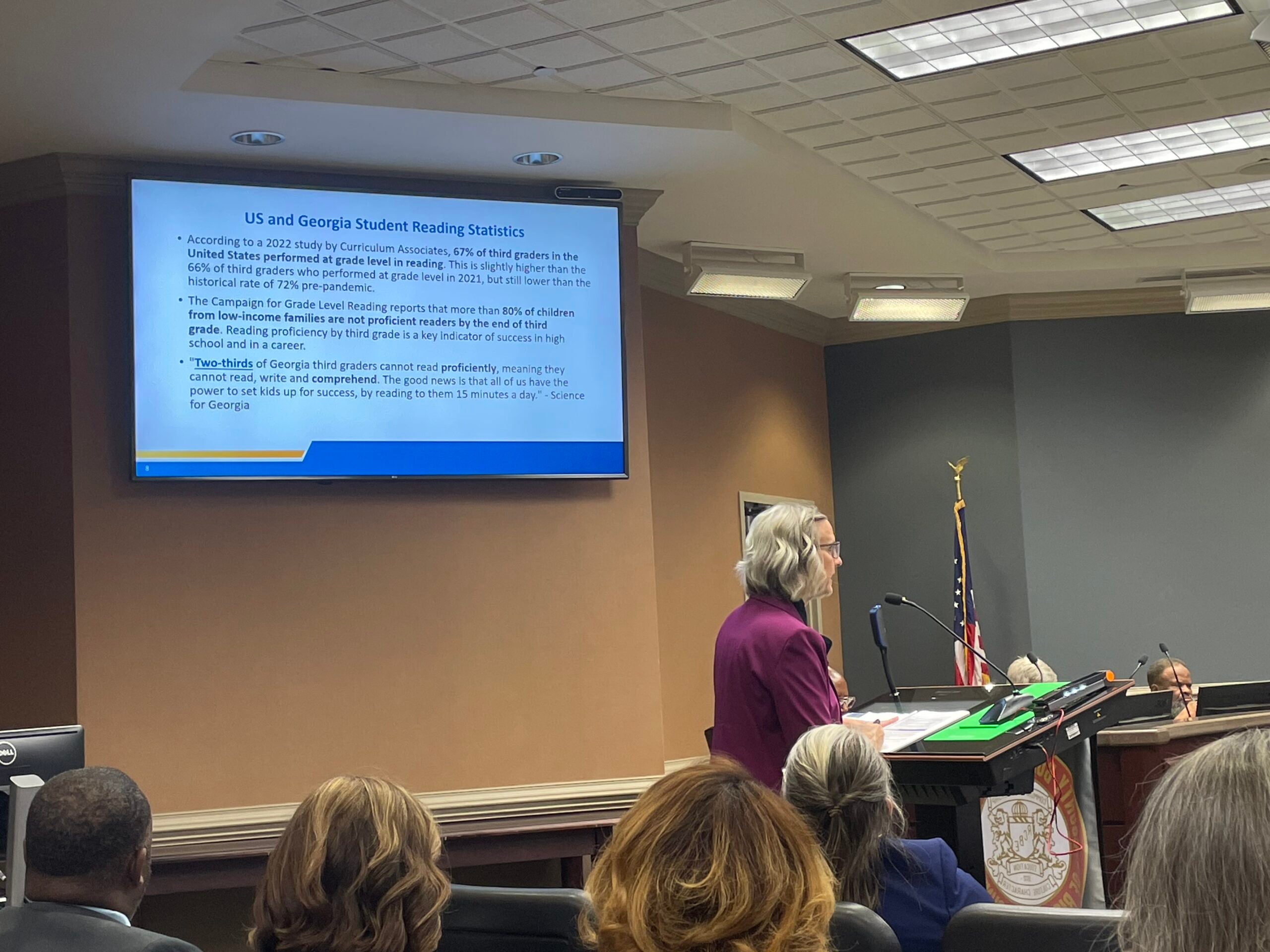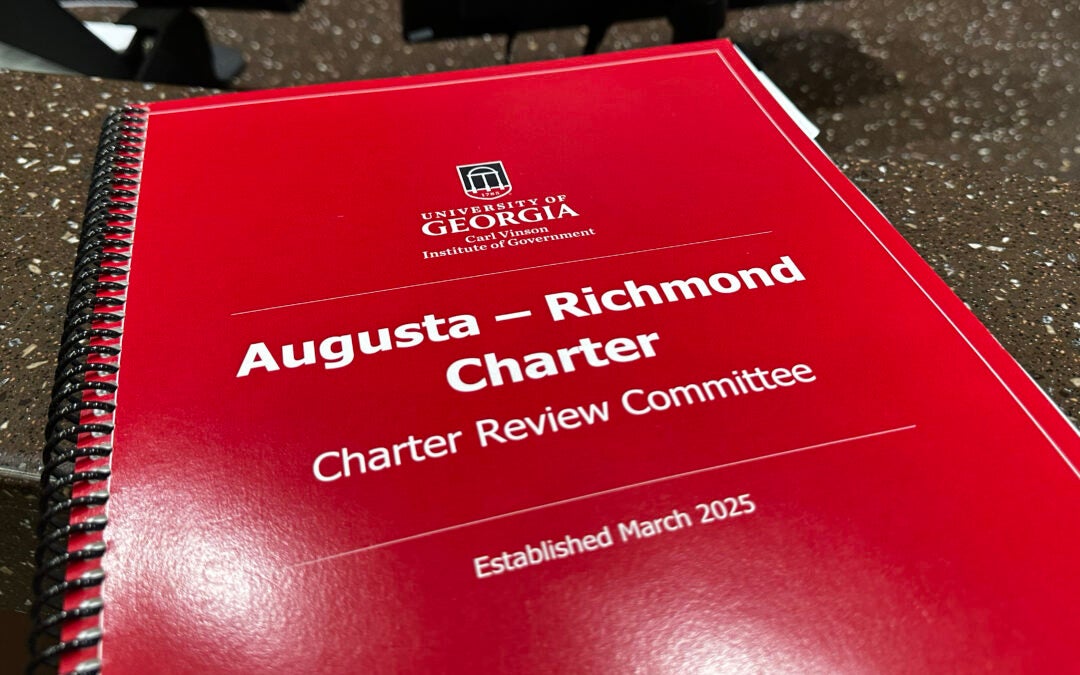During the Richmond County Board of Education’s committee meeting Tuesday afternoon, an overview of the school district’s reading level was presented.
One of the items on the agenda had the board’s Instruction Committee, chaired by board member Venus Cain, presenting a school system state of reading update. Malinda Cobb, Richmond County Schools’ associate superintendent of academic services, provided an overview of how student literacy is faring.
Using the definition of literacy used by the International Literacy Association, Cobb described it as when “a student or a person is able to identify, understand, interpret, create, compute, and communicate using visual, audible and digital materials,” adding further, “What does that really mean? They can pick up a text, and they can make meaning from that text.”
MORE: Whistleblower alleges retaliation in RCSS cheating scandal
Cobb cited a study by the Programme for the International Assessment of Adult Competencies (PIAAC) that ranked the U.S. at 272 in literacy, above the average among participating countries at 267.
She also referred to stats provided by Curriculum Associates, an education technology company, showing that 67% of U.S. third graders are performing at grade level for reading.
Referencing the results of i-Ready, a literacy assessment program by Curriculum Associates implemented by the school district three times a year to gauge how well students are reading relative to their grade levels, Cobb presented student literacy data for each grade level.
For example, so far this school year, she said, among third grade students, 9% were performing above grade level and 20% at grade level, with a total of 71% ready to move forward. Cobb also noted last spring’s numbers, in which 48% of third graders scored as reading on grade level by the end of the school year, compared to the Georgia average of 64%.
MORE: Richmond County announces five finalists for Teacher of the Year
Last year, 57% of fifth graders ended the school year reading at grade level, compared to the state average of 72%. So far this year, 7% of fifth graders are above, and 12% meet the grade level.
Cobb also mentioned the correlation between literacy rates and poverty, with some 46 – 51% of Americans below the poverty line because of their inability to read, and that 80% of children from low-income families are not proficient readers by the end of third grade.
“That’s a statistic that matters to us,” Cobb said. “We talk about that a lot in our conversations, because many of the students that we serve do come from poverty.”
Board member Wayne Frazier emphasized these stats in his response to Cobb’s presentation. After lauding Cobb for her efforts and that of the district’s Curriculum & Instruction and Technology Division to assess, and work towards improving, student literacy, Frazier said the school board should do better about addressing these issues.
“I do think that we need to do a better job. When I say ‘we,’ I’m talking about the board, when it comes to closing that [academic] gap,” said Frazier, noting that some $500 million annually goes through the school system. “None of that money, as relates to economic growth goals in the communities where the children suffer the most. We need to find ways to get some of that money to the children who get the most and you can’t do that. That’s a board situation.”
Skyler Q. Andrews is a staff reporter covering business for The Augusta Press. Reach him at skyler@theaugustapress.com.










